A Beautiful Rock Landscape in South Africa
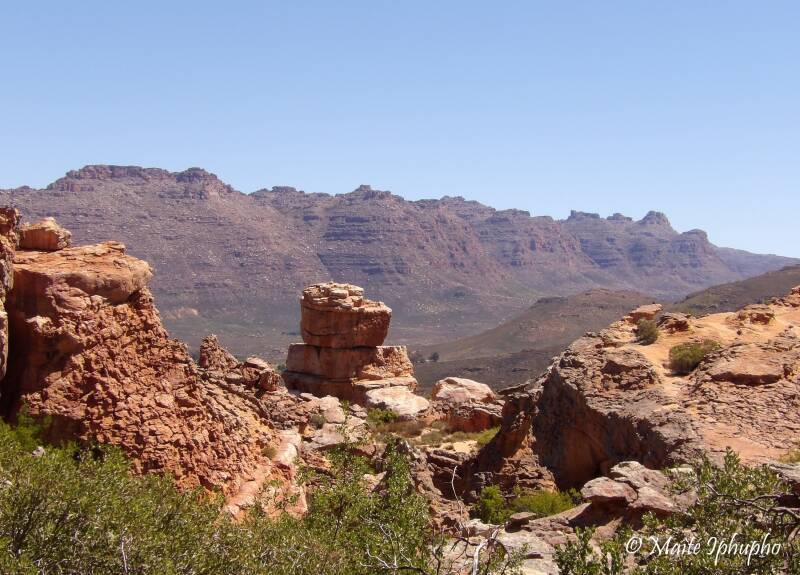
The Cederberg Wilderness Area might just be one of South Africa's best-kept secrets, located approximately 3 hours north of Cape Town. When you visit, you'll be captivated by the stunning wilderness. The scenery is breathtaking, and alongside a wide variety of plants, the Cederberg also houses hundreds of ancient artworks created by the San people.
Here are some interesting facts about the Cederberg Wilderness Area:
- Cederberg is known as the home of the rare Cape Leopard.
- The mountains harbor hundreds of rock paintings, making it a fascinating archaeological treasure.
- The name Cederberg is derived from the indigenous cedar trees that abundantly grow in the area.
Striking rock formations, vibrant carpets of flowers, and a rich history define this area nestled within the impressive Cape Floral Nature Reserve. The Cederberg Mountains consist of four parallel mountain ranges, with peaks reaching over 2,000 meters and surrounded by majestic rock formations. Climbers will relish the challenges posed by the rust-coloured mountains, while the historical murals created by the San people stand out as an extraordinary highlight.
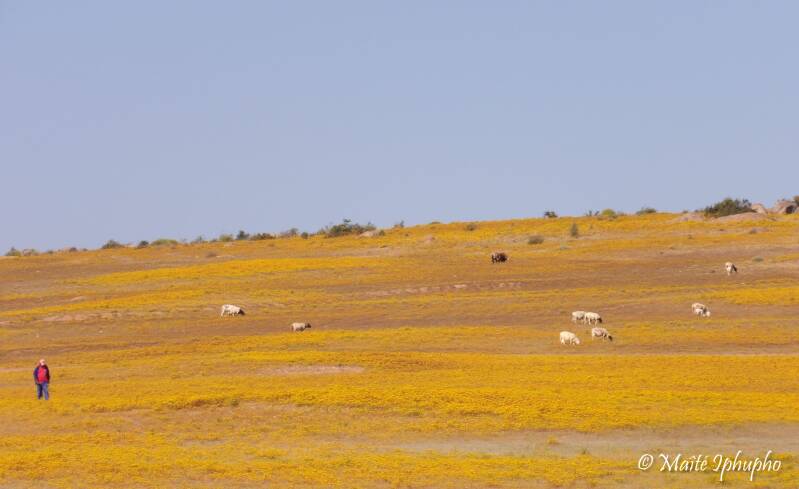
The area around the Cederberg spans an impressive 70,000 hectares, from the Middelberg Pass near Citrusdal to the Pakhuis Pass near Clanwilliam in the north.
The name of the Cederberg is derived from the indigenous Clanwilliam cedar trees that once thrived at impressive heights of 1,500 meters. However, the impact of European colonization has cast a shadow on this imposing tree species, of which only a fraction remains today. The 'Cederberg Wilderness Reserve,' established in 1973, has displaced agricultural influences in the area to make way for native plants and wildlife.

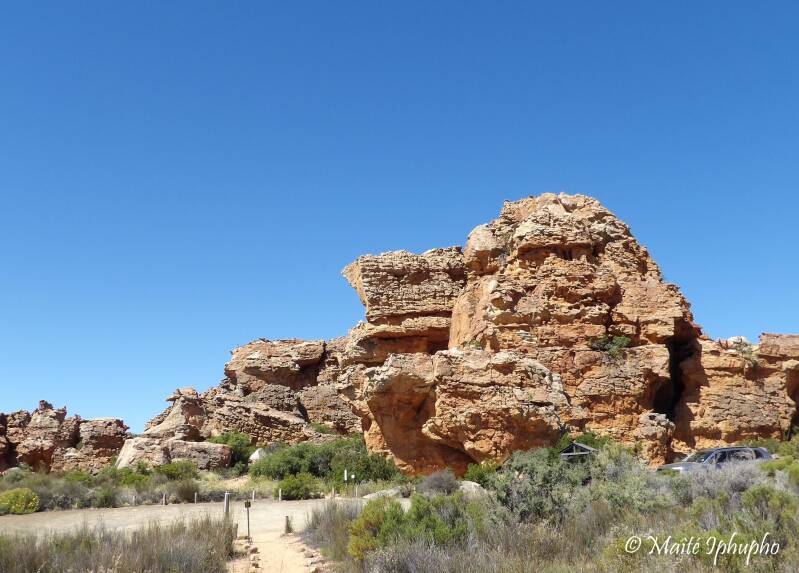
For nature enthusiasts, the Cederberg Mountains offer an abundance of flora and fauna. Colorful carpets of flowers adorn the mountains during the South African spring (August and September), while winter rainfall transforms the landscape into a sea of blooms. Marvel at the diversity of plants, including the famous Rooibos plant native to this area. The Succulent Karoo region adds an extra dimension to the botanical beauty.
Animal lovers can delight in the variety of fauna in the Cederberg, including baboons, antelopes, rock hyraxes, and klipspringers. An encounter with African wildcats or Cape foxes during a hike is a possibility. For those a bit luckier, there are unique animals such as porcupines, honey badgers, Cape otters, aardvarks, and Cape leopards, albeit a bit more challenging to spot.
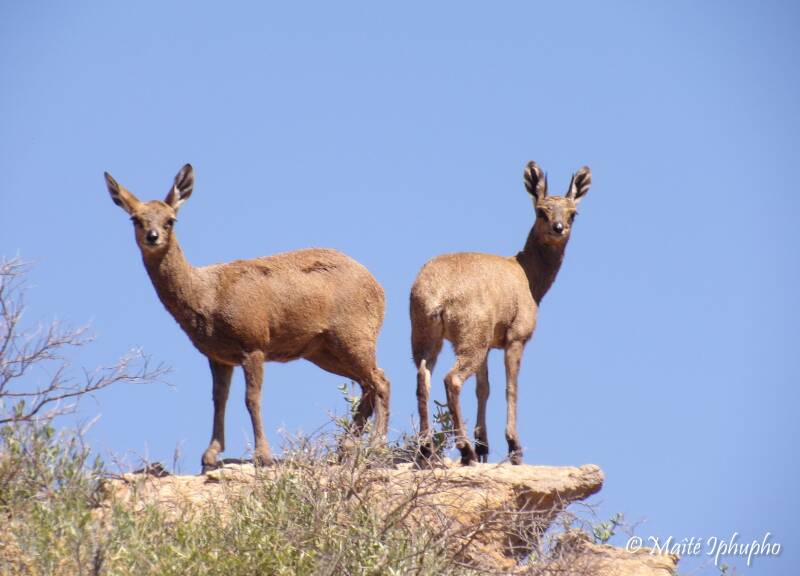
A Glimpse into the Past: Cederberg Rock Paintings
The Cederberg Mountains unveil a captivating history through well-preserved rock paintings. Crafted by the ancestors of the San people, these artworks provide a glimpse into an era when the San community roamed the vast landscapes of Southern Africa as semi-nomads. Dating back up to 8000 years, the paintings depict a diverse array of animal species and human figures, ranging from hunting scenes to religious meanings. Created using natural materials such as ochre, charcoal, and white clay, these rock paintings can be admired at locations like Stadsaal.
Stadsaal, situated on the Uitkyk Pass, is one of the most impressive caves in the Cederberg area. The forces of wind and weather have sculpted an intriguing labyrinth here, with numerous openings, halls, and columns, inviting visitors to an engaging exploration.
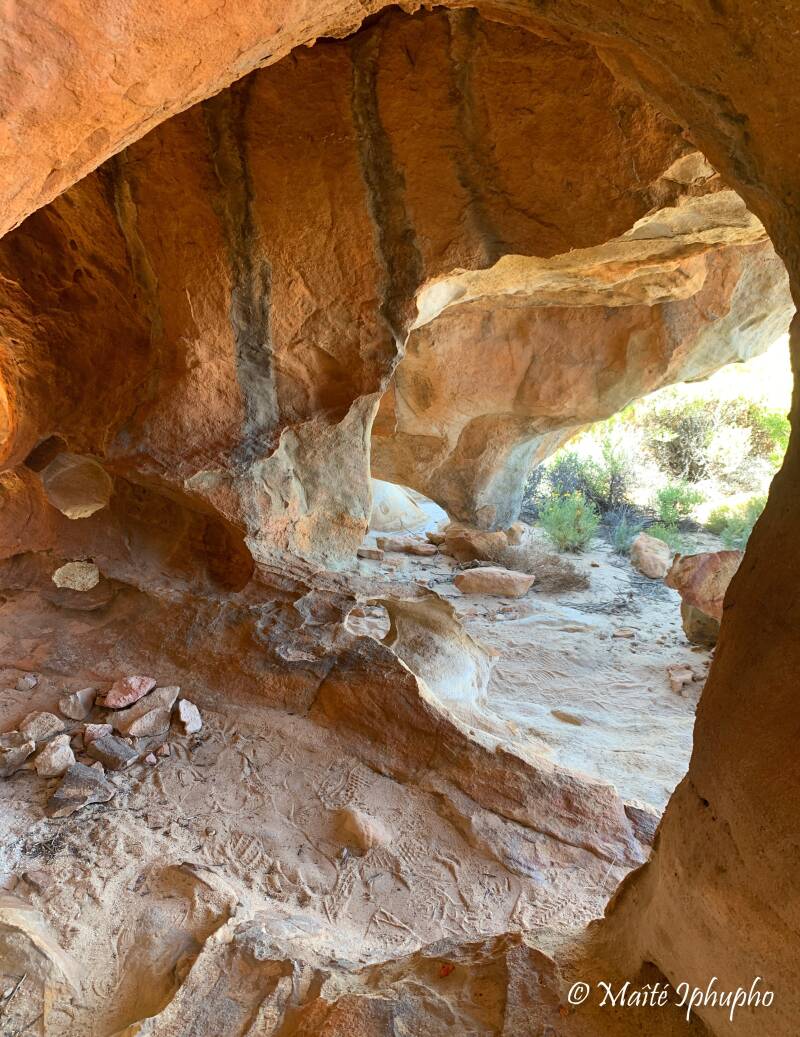
In addition to its natural beauty, Stadsaal also carries an intriguing political history. Before the National Party took power in 1948, the cave served as a location for secret meetings of party leaders, earning it the nickname 'Stadsaal' (Afrikaans for town hall). Historical graffiti on the walls adds to the mystique, featuring names of influential politicians from the late 19th century.
Amidst the impressive rock walls, scenic rivers wind through the canyons of the Cederberg, including the Kliphuis River, Doring River, and Eselbank River. After an adventurous climb, a refreshing dip in the cool water is a well-deserved reward. The best time for an exhilarating rafting trip is at the end of the South African winter, from July to October. Summers are generally dry, but after rainfall, the canyons transform into wild, swirling rivers during winter – a guarantee for adrenaline.
For those who prefer to stay on dry land, extensive hikes along the riverbanks offer an enchanting experience. Explore, for example, the picturesque Disa Pool along the Krom River with a light, approximately 15-kilometer hike. A natural pool nestled among the rocks awaits a refreshing swim, surrounded by a breathtaking waterfall and beautiful flowers.
Whether you're in search of adventurous water activities, leisurely walks, or a dive into the history of South African cultures, the Cederberg Mountains offer an unparalleled blend of natural beauty and rich history. Add this destination to your travel itinerary and let yourself be enchanted by the pristine wilderness and captivating stories of the Cederberg. Allow your heart to be guided by the rocks, rivers, and rock paintings of this breathtaking part of South Africa. The Cederberg awaits explorers to unveil its secrets and create memories that will last a lifetime.


Add comment
Comments